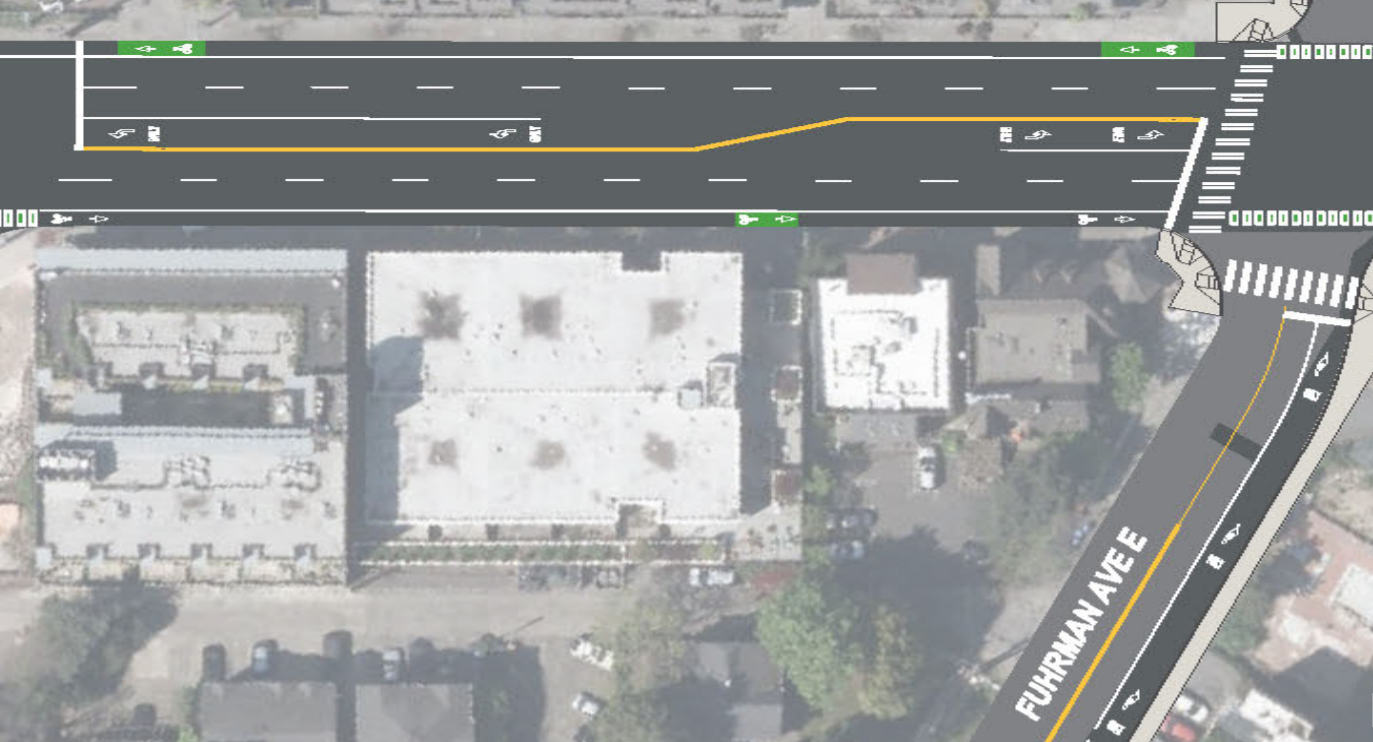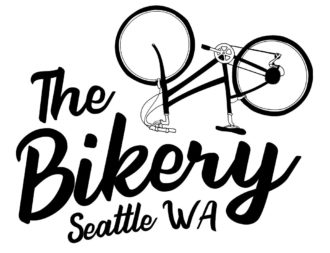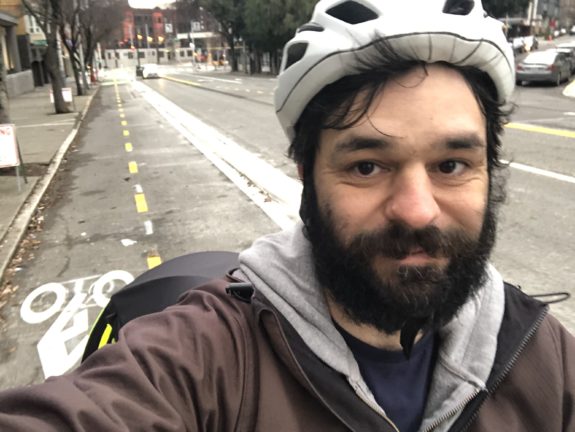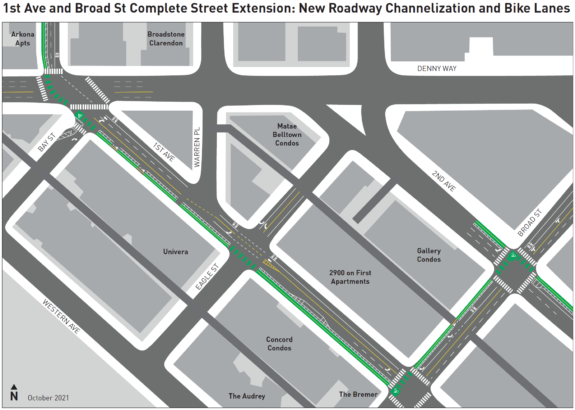UPDATE 2/17: The Board of Health voted 11-2 to repeal the law, citing serious concerns about inequitable police enforcement. The general sentiment of the majority was that they still strongly recommend helmet use, just not the police-enforced strategy for achieving that public health goal.
The King County Board of Health should vote on whether or not to repeal the county’s rare all-ages bicycle helmet law during their meeting Thursday. This would put King County in line with most of the rest of the world, which does not use police to enforce the use of bicycle helmets.
The Board nearly repealed the law in the autumn, but decided to hold off on the decision at the time. Since then, Seattle Police have changed their policy and say they will no longer stop people solely for biking without a helmet. This puts extra pressure on the Health Board to take the law off the books in order to make sure the law is as uniform as possible across police agencies.
A large coalition, including major biking and safe streets advocacy organizations like Cascade Bicycle Club, Seattle Neighborhood Greenways and even the national League of American Bicyclists have signed onto the effort to repeal the law. But the most recent repeal effort got kickstarted following a 2020 Real Change investigation into an incident in which a man experiencing homelessness was ticketed for not wearing a helmet after someone drove into and injured him. Subsequent research by the Helmet Law Working Group found that nearly half of Seattle helmet law citations went to people experiencing homelessness. Police also issue the tickets inequitably.
“Since 2003, Black cyclists in Seattle have received citations at a rate 3.8 times higher, Indigenous cyclists 2.2 times higher, and Hispanic/Latino cyclists 1.4 times higher than white cyclists,” the report found. “Differences in helmet use between populations cannot explain these disparities.” (more…)











